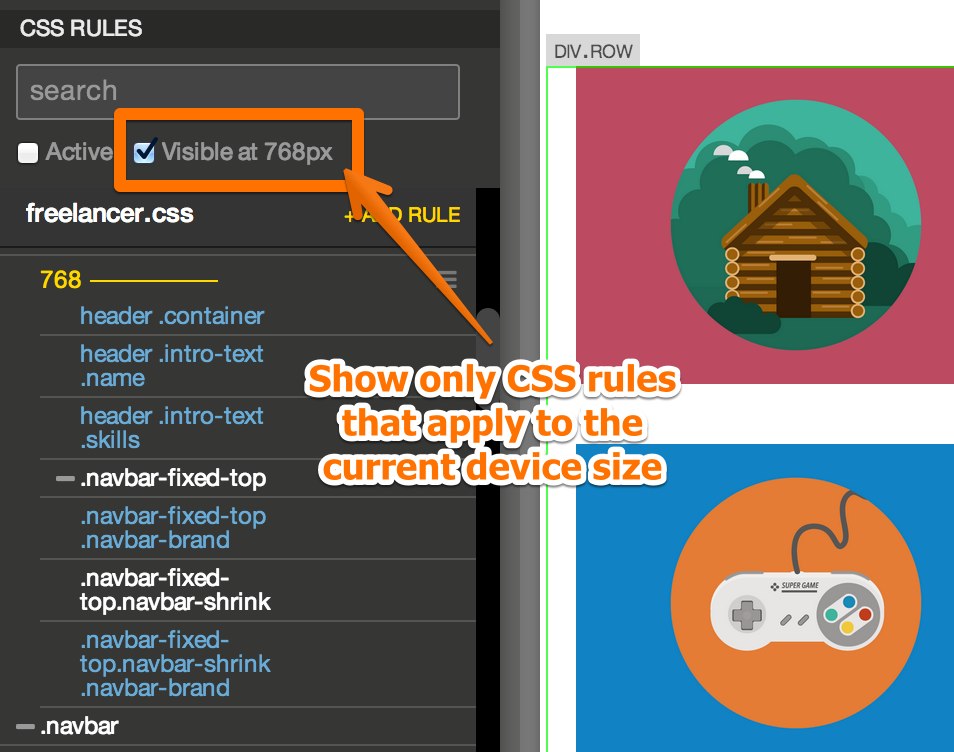

- Responsive layout maker tutorial android#
- Responsive layout maker tutorial code#
- Responsive layout maker tutorial tv#
- Responsive layout maker tutorial download#

If it’s landscape, then you have a details page.

You’ll find the starter project provides some parts of the chat app you’ll be working with.
Responsive layout maker tutorial android#
Be sure to get Flutter dependencies for the project if prompted to do so by Android Studio with a ‘Packages get’ has not been run message. You should be using a recent version of Flutter, 1.5 or above. You can also use VS Code, but you’ll have to adapt instructions below as needed. Then, open the starter project in Android Studio 3.4 or later.
Responsive layout maker tutorial download#
Getting Startedĭownload the starter project by clicking on the Download Materials button at the top or bottom of the tutorial. Now that you understand the reasons for Responsive Design, it’s time to see what Flutter widgets can do to help. If you use them, Flutter rebuilds your widgets under MaterialApp if orientation changes. MaterialApp and WidgetsApp already use MediaQuery. When rotation happens in Flutter, MediaQuery can help rebuild your layout. You could disable responding to this within your app, locking your app into portrait or landscape mode, but your app wouldn’t be as fun and might in fact be less useful with respect to user experience. Let’s face it, users can rotate their device, and will do so frequently. You can read more about Scaffold‘s interaction with the keyboard here. You can, however, disable this behavior by setting the resizeToAvoidBottomInset property to false. In detail, Scaffold adjusts the bottom insets to make room for the keyboard. But in Flutter, the Scaffold class automatically handles keyboard state changes. iOS uses internal notifications for keyboard state changes. When that keyboard pops up, so do layout issues.Īndroid handles this with configuration changes for the keyboard. The keyboard pops up when the user starts interacting with those fields. You’ll learn about some of these in this tutorial. With this in mind, Flutter provides several widgets and classes for responsive design.

Additionally, you can have different layouts for each device type and screen size. You need to make sure that the layout works as intended for each device type and screen size. Even within the category of phones there’s a large array of different resolutions and screen sizes.
Responsive layout maker tutorial tv#
Your Flutter app can run on a phone, tablet, TV screen or (when they start supporting it) watch. Handling Different Device Types and Screen Sizes There are a variety of reasons why layout needs to responsively change from initial designs. Platforms such as the iOS and Android native SDKs tackled this issue with “universal layouts.” The universal layouts respond to layout changes by using constraints and automatically resizing elements.
Responsive layout maker tutorial code#
The concept of Responsive Design is all about using one set of code that respond to various changes to layout. You should also have knowledge of using Android Studio with Flutter. If you’re new to Flutter, read through the Getting Started With Flutter tutorial. Note: This tutorial assumes that you’re already familiar with the basics of Flutter development.


 0 kommentar(er)
0 kommentar(er)
